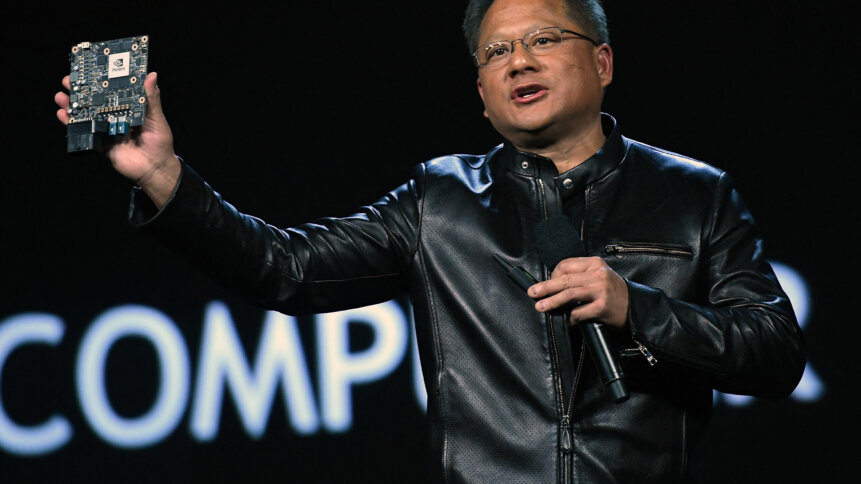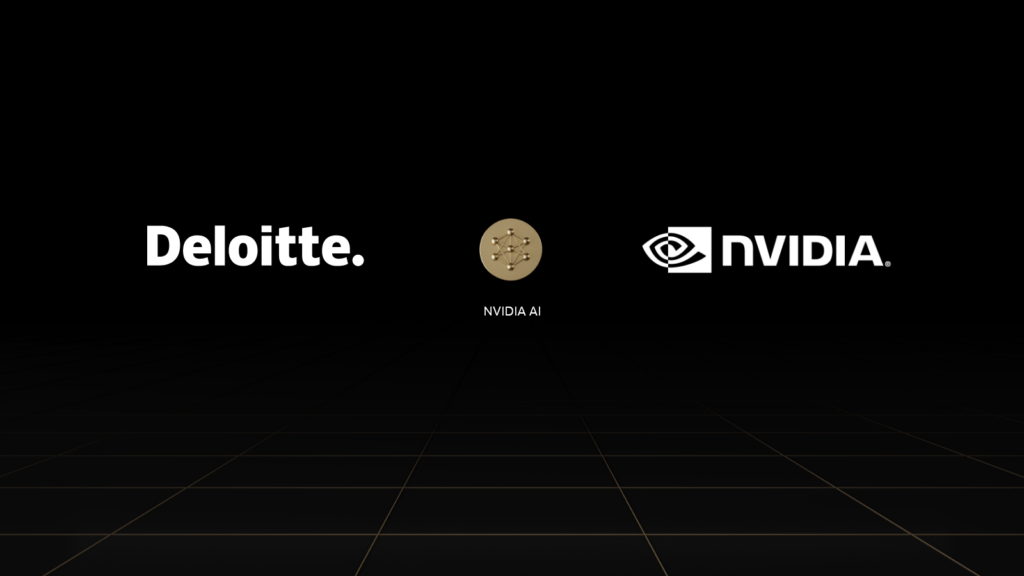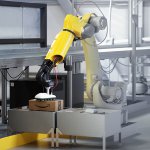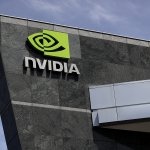NVIDIA brings a world of AI innovation to enterprise

Artificial Intelligence is often overestimated in the media as some magic cure-all that will solve all our daily problems while taking away all our jobs – or become sentient and lead a robot uprising. But for any business leader attending Nvidia GTC yesterday, AI’s future in an enterprise will hinge on reassessing how the technology can help solve an operational problem, or accelerate the efficiency performance of one or more systems.
Building and deploying a wide range of applications can best be done by digital innovations, with AI the leader among those. And so it is that a big part of the Nvidia GTC developer conference involved AI and the metaverse, (the evolving three-dimensional internet that is poised to have a significant impact across not just industries, but even society in general as consumers become increasingly familiar with virtualized worlds.
A New AI Platform
There were a lot of announcements and reveals at the conference (which ends tomorrow), but the metaverse and AI played a central role in many of them. Nvidia unveiled a number of updates for its DGX ecosystem of full-stack AI infrastructure development tools, including revealing the latest Nvidia DGX H100 AI platform for enterprises.
Built with 80 billion transistors and a slew of advancements, the DGX H100 sports up to nine times more performance when collocated in Nvidia DGX-ready data centers and networking capacities that are twice as fast as its predecessor, thanks to the supercharged AI performance of the NVIDIA H100 Tensor Core GPU. Thanks to the Nvidia Hopper AI architecture and the powerful new Transformer Engine, H100 will allow enterprises to significantly reduce the cost of delivering AI applications, while providing the same level of AI performance that business AI trendsetters have come to expect from the Nvidia DGX systems and software.
That means three and a half times more energy efficiency but at three times lower overhead costs – and using up to five times fewer server nodes than the previous generation. H100-enabled systems are expected to power the next generation of high-performance computing (HPC), and over 50 server models from the top providers including Cisco, Dell, Hewlett Packard Enterprises, Fujitsu, and Lenovo are expected to flood the market before the end of the year.
Preview On The LaunchPad
To support the outsized workloads and massive natural language processing models that a variety of sectors demand – from biotechnology to customer service, with AI enabling things like chatbots and pushing the boundaries of uncovering new drugs — Nvidia Base Command and Nvidia AI Enterprise software are baked into every DGX system, enabling deployments for all manner of data center computing, from a single node all the way to an Nvidia DGX SuperPOD.
But for companies that just can’t wait until year-end, Nvidia revealed that H100 on Dell PowerEdge servers is now available on Nvidia’s LaunchPad platform, along with free training and hands-on tutorials in the latest features and capabilities of the latest gen of the architecture. Organizations will be able to access the most up-to-date compatible hardware and Nvidia AI software.

NVIDIA also expanded its partnership with Deloitte in the enterprise development arena. Source: NVIDIA
Nvidia also announced an expansion of its partnership with Deloitte at GTC, to offer Deloitte professional staff with access to both Nvidia AI and NVIDIA Omniverse™ Enterprise platforms, combining the Nvidia product ecosystem with Deloitte’s specialization in helping their clients innovate. The types of AI deployments that can be empowered include edge and speech AI systems, recommender engines, conversational AI, digital twinning, and cybersecurity apps.
Developing Cloud Solutions
The collaboration is intended to develop and implement hybrid cloud solutions with Nvidia AI hardware and software, including DGX systems, to innovate at both the Deloitte Center for AI Computing, where development of AI solutions for Deloitte customers can hothoused and sped up, and Deloitte’s Unlimited Reality services where 3D open-world design collaboration and simulation (including creating immersive 3D replicas of real-world environments so enterprises can make informed decisions to optimize spatial operations) can be given due attention.
A number of other integrated Nvidia product ranges help to expand the capabilities of both the NVIDIA AI and Omniverse platforms, making them more accessible, capable, and scalable to meet fast-growing, rapidly digitizing organizational needs.










